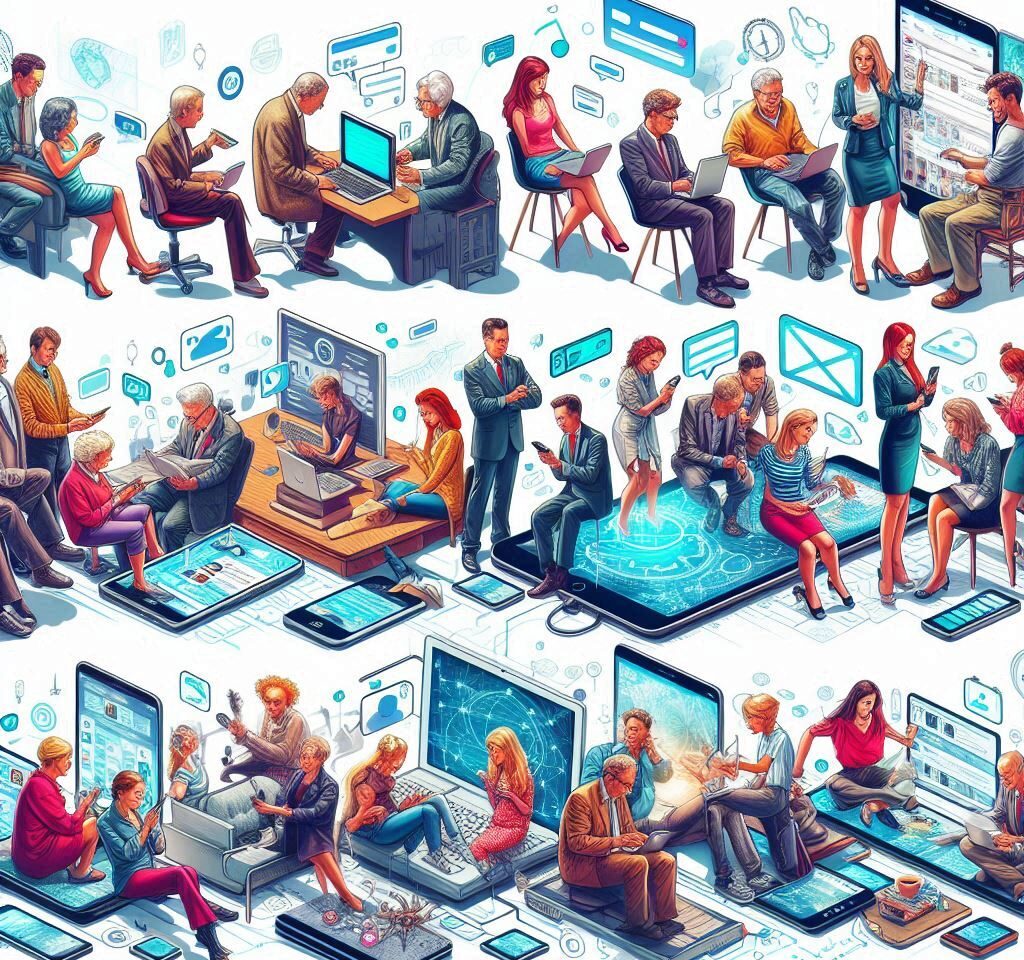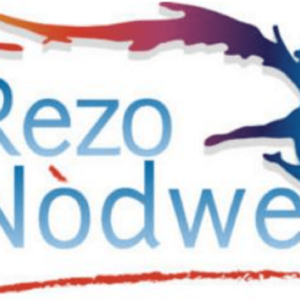Social media has become an integral part of our daily lives, transforming the way we communicate, share information and interact with the world. But how did this revolution begin? A look back at the fascinating history of social networks, from their first beginnings to their current omnipresence.
The beginnings of online communication Before the advent of social media as we know it today, online communication was mostly limited to forums and instant messaging systems. In the 1970s and 1980s, early electronic messaging systems (such as ARPANET) and electronic bulletin boards (BBS) allowed users to share messages and files.
The emergence of the first social networks The concept of online social networks really took shape in the 1990s with the appearance of platforms like Six Degrees (1997). Six Degrees allowed users to create profiles, make a list of their friends, and navigate through those friend lists, laying the foundation for the social features we know today.
At the same time, sites like Classmates.com (1995) focused on reconnecting old school friends, showing the growing interest in social connectivity on the Internet.
The golden age of social networks The early 2000s marked a decisive turning point with the creation of several platforms that would redefine the social media landscape. Friendster (2002), MySpace (2003) and LinkedIn (2003) each brought unique innovations. Friendster popularized the concept of an extended contact network, MySpace allowed extensive personalization of user profiles, and LinkedIn focused on professional relationships.
Hi5 and Badoo are also among the platforms that have marked the evolution of online interactions. Although they did not achieve the global prominence of Facebook or Twitter, they each played a significant role in the diversification and expansion of social networks.
Caramail, moreover, is a name that evokes nostalgia among many French-speaking Internet users. This messaging and chat service marked an era and was one of the precursors of online social interactions in France and French-speaking countries.
However, it was the launch of Facebook in 2004 by Mark Zuckerberg and his colleagues at Harvard University that truly revolutionized social media. By gradually opening access beyond university students to include anyone with an email address, Facebook quickly gained global popularity.
The diversification and explosion of social networks With the phenomenal success of Facebook, other social networks have emerged, each with a unique proposition. Twitter (2006) introduced the concept of microblogging, allowing users to share short messages or “tweets” in real time. YouTube (2005) democratized online video sharing, while Instagram (2010) capitalized on the popularity of smartphones to provide a platform focused on sharing photos and short videos.
The 2010s also saw the emergence of specialized social networks like Pinterest (2010), focused on discovering ideas and inspiration, and Snapchat (2011), which introduced ephemeral messages and temporary stories.
Social networks today Today, social networks are omnipresent and diverse. Platforms like TikTok (2016) captivate a new generation with short, viral videos, while apps like WhatsApp and WeChat dominate the instant messaging market.
These platforms have not only changed the way we communicate, but they have also had a profound impact on society. They have transformed marketing and advertising, enabled social and political movements, and asked important questions about privacy and data security.
Conclusion The history of social media is one of rapid and constant evolution, marked by innovation and the ability to respond to the changing needs of users. From the first electronic messaging systems to today’s global platforms, social networks have profoundly transformed the way we live and interact. And this revolution, far from stopping, continues to shape our digital future.






